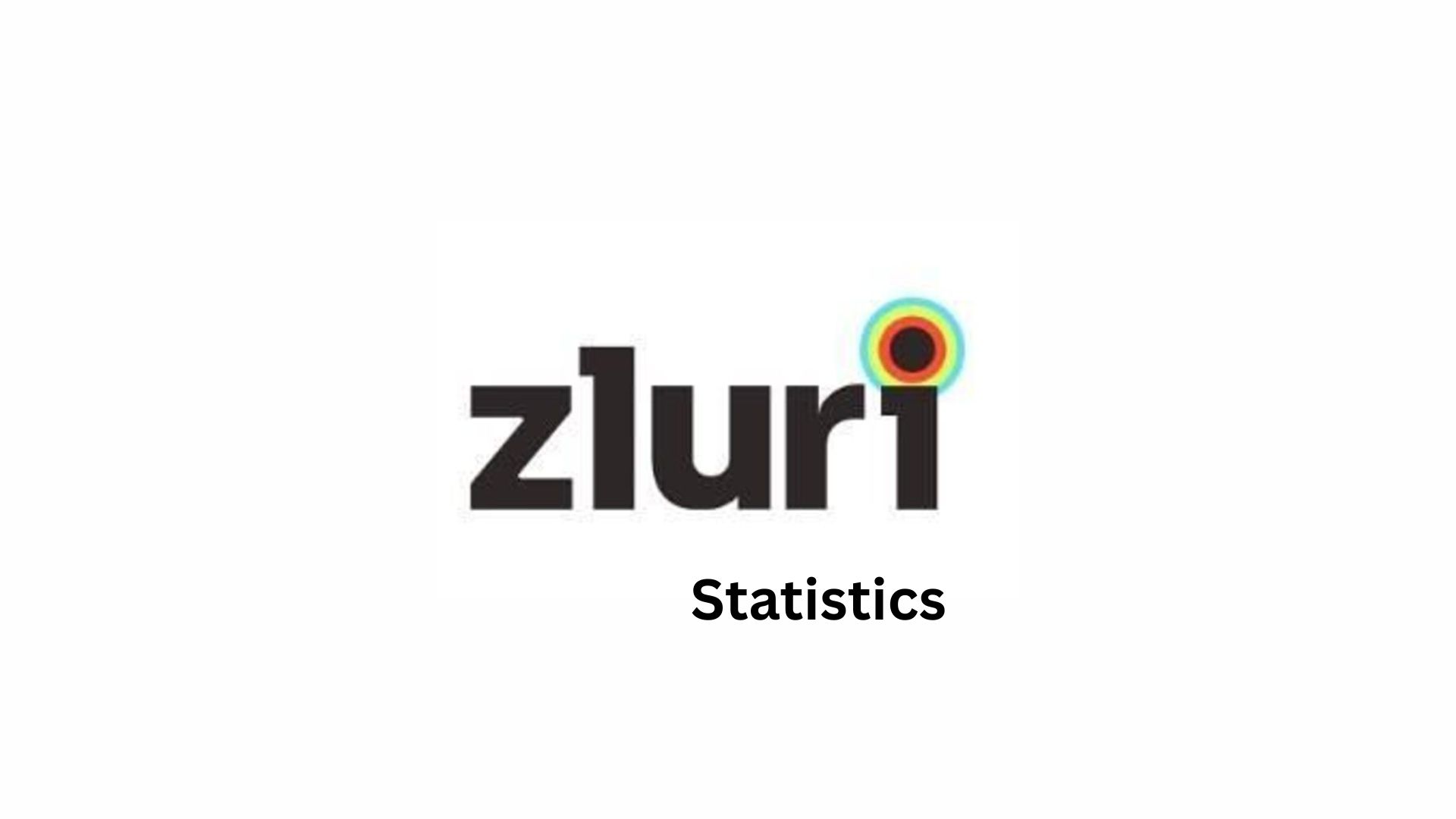Snapdragon Statistics By Revenue, Facts And Trends (2025)
Updated · Nov 03, 2025
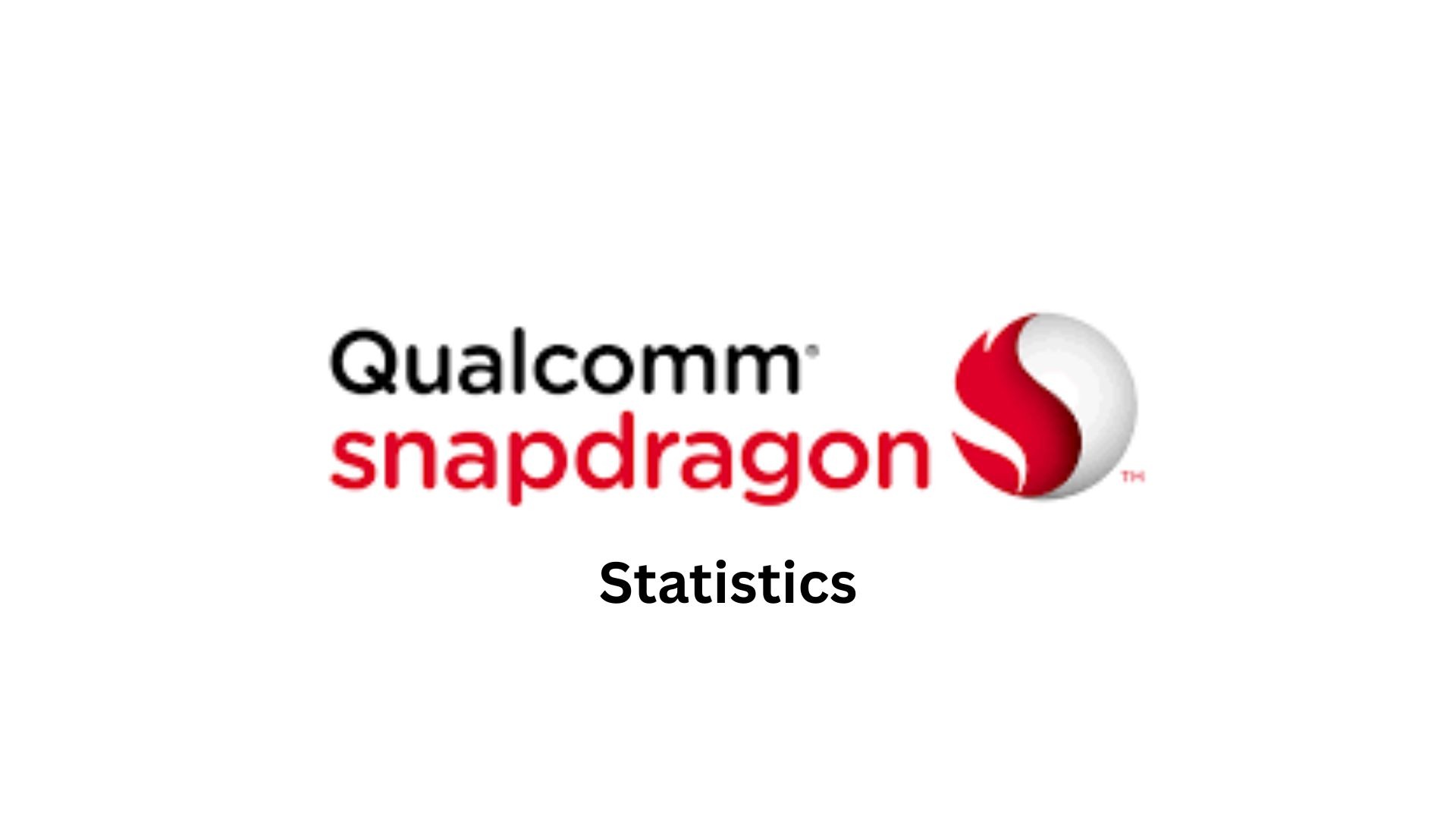
Table of Contents
Introduction
Snapdragon Statistics: Almost everyone who has a smartphone must have seen the Snapdragon brand. In 2025, the Snapdragon family, made by Qualcomm, continues to power millions of phones, various gaming handhelds, and an increasing number of laptops and AI PCs. But the market around Snapdragon is changing fast: competitors are closing in; PCs have become a relevant battlefield; and on-device AI is forging a new CPU.
This article will show the well-explained analysis of the 2025 top Snapdragon statistics.
Editor’s Choice
- In 2024, Qualcomm had US$38.9 billion in revenue from US$35.8 billion in 2023, with licenses providing nearly US$6 billion alone.
- At the gross operating profit level, Qualcomm reported its highest ever US$10.07 billion in 2024, representing an increase of US$3.81 billion since 2020 to 2024 (albeit with some fluctuations in annual growth rates, essentially multimodal growth).
- Millions of Snapdragon downloads jumped from 1.49 in 2023 to over 586 in 2024 and dropped again to 422.9 in 2025, showing rapid adoption followed by correction.
- The Snapdragon 8 Elite 2 leads the performance chart with Geekbench scores of around 311,000, while mid-range and low-end chips across different generations see a wide performance spread.
- Snapdragon 8 Gen 3 is 30% faster on CPU, 25% faster on GPU, offers 50% better ray tracing, and AI is 98% faster versus the predecessor.
- Going upwards in performance from the original 8 Elite, 8 Elite 2 does 25% improvements on CPU, 30% on GPU, and 45% on NPU, not to mention some gains to 7-series in CPU and GPU performance.
- Snapdragon 8 Elite excels in benchmarks compared to Apple A18 Pro, and Exynos 2400 bests it in gaming, implying better overall and graphics performance.
- On gaming, higher thermal throttling, and battery efficiency, Snapdragon 8 Gen 3 performs better than Exynos 2500.
- Snapdragon 8 Elite is capable of sustaining higher frame rates with lower power consumption compared to Apple A17 Pro during gaming tests.
- Snapdragon 8 Gen 2-equipped devices, such as Galaxy S23 Ultra, offer particularly good battery life depending on cooling solutions.
General Facts
- Snapdragon is the registered trademark for a series of system-on-chip (SoC) integrated circuits designed by a US fabless semiconductor company called Qualcomm.
- Qualcomm is primarily engaged in designing and marketing wireless telecommunications products, processors, connectivity solutions, displays, software, and charging technologies.
- Through its inventions, the company is heavily invested in smartphones, wearables, cars, and industrial devices, among others.
- As one of the top contributors, it played a huge role in advancing technologies such as 5G, Bluetooth, Wi-Fi 6, augmented and virtual reality, and device charging.
- An SoC is a silicon chip that integrates all the major components of a computer, such as a central processing unit (CPU), graphics, and memory.
- Being built into a single chip, the SoCs give the advantages of being small in size, power-efficient, and high-performing- a combination that perfectly fits today’s smartphones, tablets, wearable devices, and IoT devices.
- Snapdragon SoCs are especially common and can be found in devices from Samsung, Xiaomi, Vivo, and Oppo.
- The history of Snapdragon dates back to 2006, when Qualcomm announced its first SoC in November.
- The reason for such a name was that “Snap” and “Dragon” implied speed and power. The first Snapdragon products came out in 2007, and within their first year in the market, 15 device manufacturers had already opted to use them in their devices.
- Snapdragon chips have become the most popular SoCs in the Android smartphone market.
- Now, they are diversified in different performance levels, starting with the 8 series at the higher-end, then moving onto the 7, 6, 4, and 2 series, and moving on to related products such as Wi-Fi and mobile charging solutions.
Qualcomm Revenue Worldwide
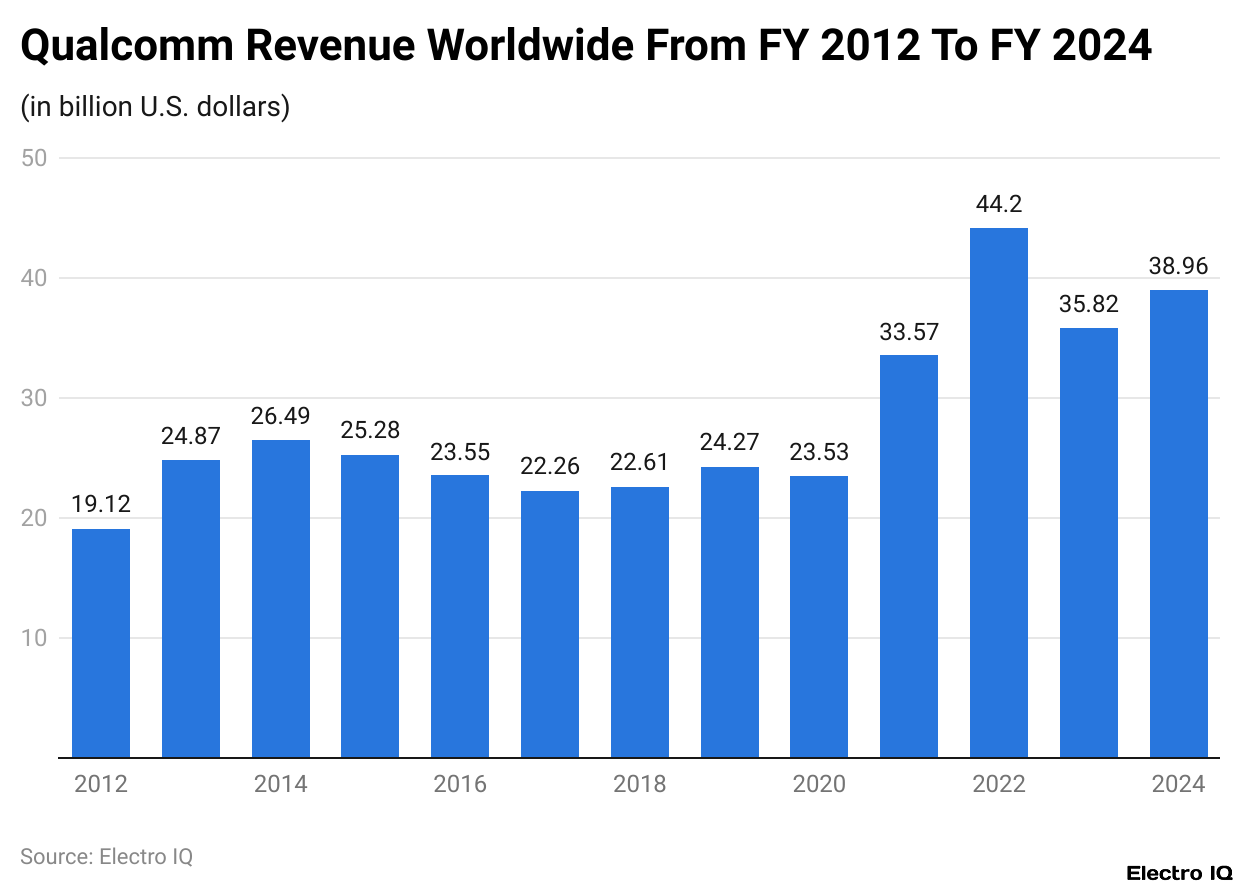
(Reference: statista.com)
- In 2024, Qualcomm earned US$ 38.9 billion, a revenue increase over 2023, when it earned US$ 35.8 billion.
- The company, however, noted how some parts of its business experienced less income this time around, among them being the equipment, service, and licensing divisions.
- Within its licensing division alone, Qualcomm brought in about US$ 6 billion in 2024.
- This, in turn, signifies that while the company experienced some growth, it also saw declines in some areas that were offset by better-run performances in some other arenas.
Operating Profit Of Qualcomm
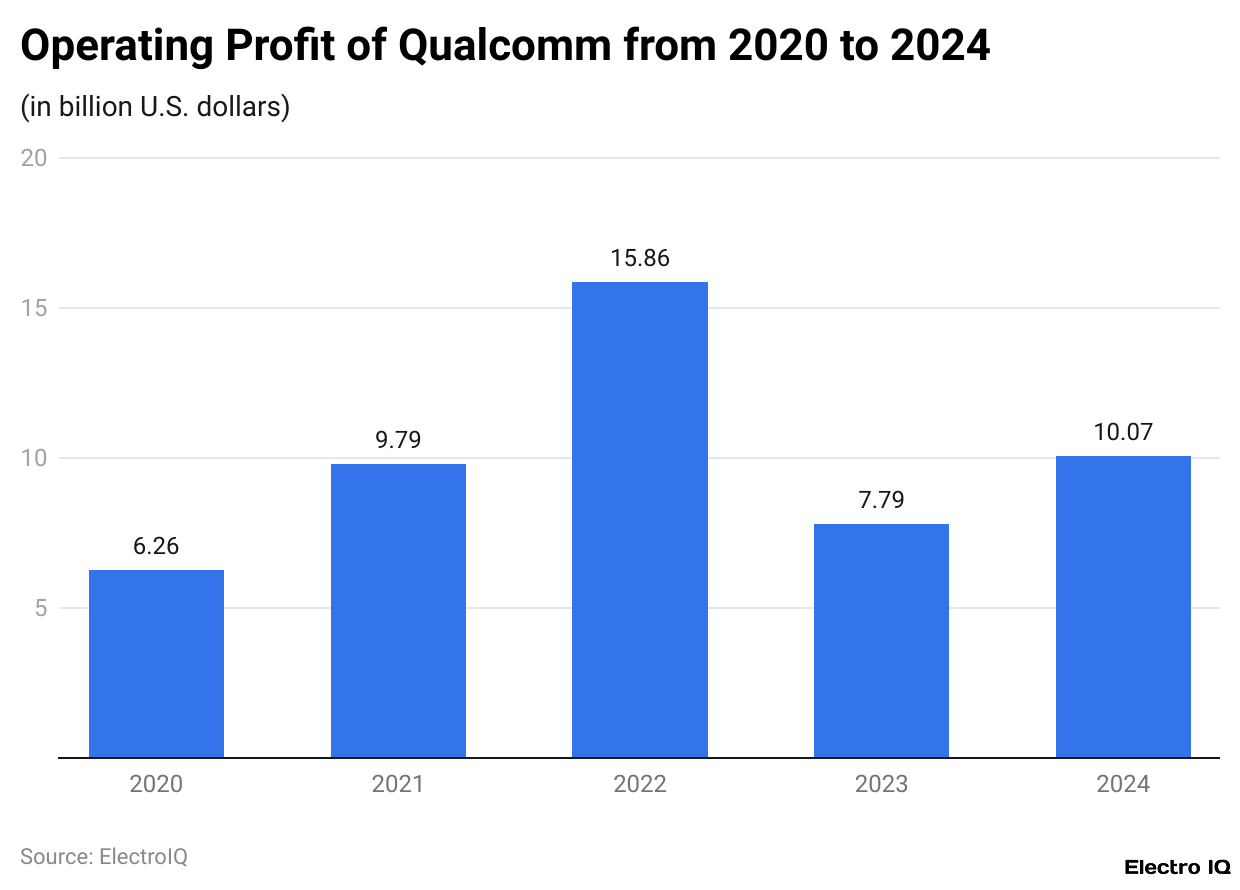
(Reference: statista.com)
- In 2024, approximately US$ 10.07 billion was reported as the operating profit, with the fiscal year coming to a close on September 29.
- There was an increase in operating profit of roughly US$ 3.81 billion when compared to 2020. Yet, the growth was never steady across those years.
- Rather than being on a smooth upward trajectory, Qualcomm’s operating income ebbed and flowed through 2020 to around 2024 when it obtained the higher figure.
Snapdragon Downloads
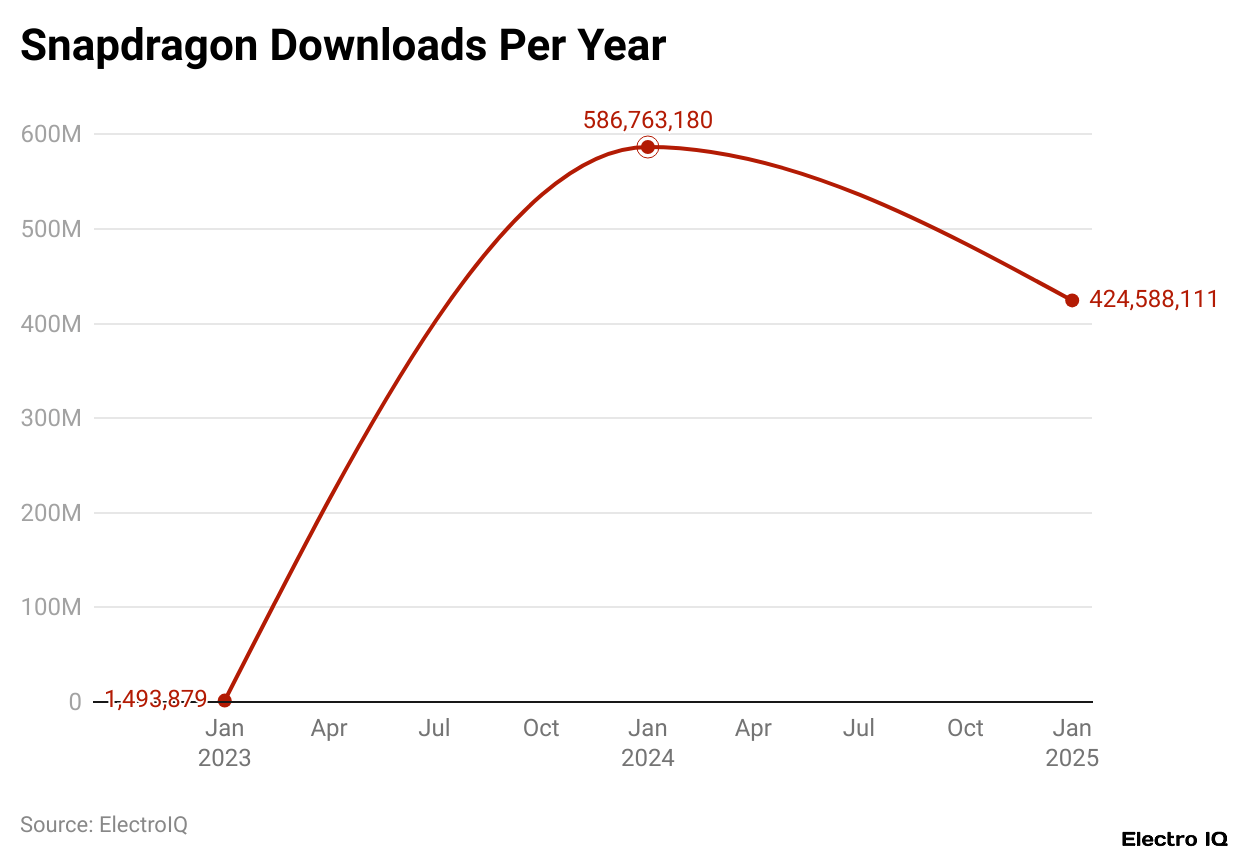
(Reference: npm-stat.com)
- As per NPM Stat, Snapdragon statistics show that the above data displays drastic variance in Snapdragon downloads in three years’ time.
- There is a small value for the year 2023, approximately 1.49 million.
- The figure zoomed up to more than 586 million by 2024, witnessing high-level growth and adoption in just one year.
- But in 2025, the figure took a sharp dive to around 424.5 million, huge in comparison to 2023 but a huge fall from 2024.
- The picture says Snapdragon downloads attracted a big surge, probably due to new product launches or software adoption, and then witnessed corrections or slowdown the following year.
Snapdragon Processor Rankings And Performance Improvements
- The list ranks Snapdragon processors based on their scores in various benchmarks, with Geekbench used as a major criterion.
- The Snapdragon 8 Elite 2 leads the way with a top rating score of 98 and a Geekbench score of nearly 3,11,000, marking the very best in terms of performance.
- Just behind it come the Snapdragon 8 Elite Gen 4 (2,745,854) and Snapdragon 8 Gen 3 (2,052,774), which offer very slightly lesser but still strong performance.
- The mid-range chips like Snapdragon 8s Gen 3 and Snapdragon 7+ Gen 3 score between 1.3 million and 1.5 million, while the lower-end processors like Snapdragon 888 and Snapdragon 4 Gen 2 score below 1 million, depicting a wide performance gap through generations.
- For instance, the Snapdragon 8 Gen 3 provides 30 % faster CPU, 25 % faster GPU, 50 % better ray tracing, and 98 % faster AI than the previous generation.
- Similarly, the Snapdragon 8 Elite 2 provides a 25 % upgrade for CPUs, 30 % for GPUs, and 45 % for NPU for the first 8 Elite.
- Even the Snapdragon 7 series gives appreciable performance enhancements, with the Snapdragon 7 Gen 4 offering 27% improvement in CPU performance.
- 30% increase in GPU performance, while the Snapdragon 7+ Gen 3 sees a 45% GPU boost and 15% CPU boost over the previous generation.
Processor Comparison
- Snapdragon 8 Elite vs. Apple A18 Pro: In most benchmark scores, from AnTuTu to Geekbench, the Snapdragon 8 Elite performs better than the Apple A18 Pro; so the former should be considered superior in general performance.
- Snapdragon 8 Elite vs. Exynos 2400: The Snapdragon 8 Elite gets a much higher 3DMark Wildlife Extreme score (about 19,883) than that of the Exynos 2400 (around 11,042) in gaming benchmarks, confirming the graphics superiority of the former.
- Snapdragon 8 Gen 3 vs. Exynos 2500: For better gaming performance with lesser thermal throttling and better battery efficiency, the Snapdragon 8 Gen 3 is a better proposition than the Exynos 2500.
Gaming Performance
- Snapdragon 8 Elite vs. Apple A17 Pro: The Snapdragon 8 Elite sustains high frame rates in gaming tests, with power being consumed at a fairly low rate compared to the Apple A17 Pro, thus providing a more efficient gaming platform.
Battery Efficiency
- Snapdragon 8 Gen 2, considering the devices equipped with Snapdragon 8 Gen 2, such as the Samsung Galaxy S23 Ultra, which affords a battery life rating described as good, it assumes that some application-dependent variations may come as a result of different cooling solutions depending on the device being used.
- Putting it simply and generally, the progression from one generation to the next is quite evident.
- Every successive Snapdragon generation ends up with more processing power, graphics performance, and AI capabilities, particularly when it comes to the 8-series flagship processors.
Snapdragon 8 Elite Benchmark Results
- The Snapdragon 8 Elite introduces a new custom CPU design called Oryon, which still uses the Arm architecture but moves away from standard Arm Cortex cores in favour of Qualcomm’s in-house design.
- In contrast to Qualcomm, Google’s Tensor and Samsung’s Exynos rely on Arm’s standard cores, while Apple designs its cores on Arm licenses.
- In the raw performance terms, Qualcomm’s Oryon CPU is about equal in performance with Apple’s A18 Pro core, with a less than 4% deficit on single-core performance.
- This, however, makes it way faster than all other available CPUs in the market at the moment, where in comparison with Google Tensor G4 that powers the Pixel 9, the 8 Elite is some 63% faster.
- For multi-threaded workloads, the Snapdragon 8 Elite benefits from having six performance cores vis-à-vis Apple’s four efficiency cores, giving it about a 27% advantage in multi-core benchmarks.
- In the case of performance per core, the Oryon cores are slightly slower in comparison to the A18 Pro ones by about 4.5%, being close to the margin of error.
- Generally, the Snapdragon 8 Elite is 40% faster than the Snapdragon 8 Gen 3 inside the Galaxy S24 Ultra and more than twice as fast as Google’s Tensor G4, making the 8 Elite a big step for Android devices in terms of performance, with performance advancements that will surely help in real-time tasks.
Conclusion
Snapdragon statistics: Into the year 2025, Snapdragon continues to define the high-performance mobile and computer segment, with Qualcomm reporting strong revenue growth as well as operating profits. Leading the benchmarks by a comfortable margin, Snapdragon 8 Elite further saw considerable CPU, GPU, AI, and ray tracing improvements over its predecessor generations. Even its mid-range and low-tier variants have competitive performance now, reinforcing Qualcomm’s commitment to performance across all tiers.
The custom Oryon CPU design by Snapdragon narrows the gap with Apple’s leading chips while marginally outperforming rivals such as Google Tensor and Samsung Exynos in multi-core and gaming performances. These figures accentuate the pivotal role and effort Snapdragon has put forth in advancing smartphones, gaming devices, laptops, and AI PCs globally.
FAQ.
Snapdragon is the brand name Qualcomm has assigned to its system-on-chip (SoC) processors that find implementation in smartphones, gaming handhelds, laptops, and AI PCs. Snapdragon processors are so integrated that they combine the CPU, GPU, AI, and memory on a single chip: The very devices produced by Samsung, Xiaomi, Vivo, and Oppo are privileged to experience the power, which is witnessed by fast speed and low power consumption.
In 2024, revenues for Qualcomm reached US$38.9 billion, up from US$35.8 billion in 2023, whereas operating profits amounted to US$10.07 billion. Licensing contributed US$6 billion, recording steady growth not withstanding the ups and downs of the others.
The Snapdragon 8 Elite 2 stands as the top benchmark performer with a Geekbench score of nearly 311,000. It is a major upgrade in terms of CPU, GPU, AI, and ray tracing when compared with older chips, and it varies in gaming and stock performance from Apple’s A18 Pro and Samsung Exynos 2400.
Snapdragon 8 Elite series chips prove to be finer multi-core performers than Apple, Google, and Samsung processors in benchmarks, gaming, and efficiency. To illustrate, the 8 Elite processor is 63% faster than Google’s Tensor G4 and manages to retain high frame rates combined with power efficiency against Apple’s A17 Pro.
Snapdragon downloads reached 1.49 million in 2023 and soared to 586 million in 2024, with a slight decrease to 422.9 million in 2025. This is a testimony to its strong adoption by new devices, new software, and the worldwide market spread.

Tajammul Pangarkar is the co-founder of a PR firm and the Chief Technology Officer at Prudour Research Firm. With a Bachelor of Engineering in Information Technology from Shivaji University, Tajammul brings over ten years of expertise in digital marketing to his roles. He excels at gathering and analyzing data, producing detailed statistics on various trending topics that help shape industry perspectives. Tajammul's deep-seated experience in mobile technology and industry research often shines through in his insightful analyses. He is keen on decoding tech trends, examining mobile applications, and enhancing general tech awareness. His writings frequently appear in numerous industry-specific magazines and forums, where he shares his knowledge and insights. When he's not immersed in technology, Tajammul enjoys playing table tennis. This hobby provides him with a refreshing break and allows him to engage in something he loves outside of his professional life. Whether he's analyzing data or serving a fast ball, Tajammul demonstrates dedication and passion in every endeavor.




